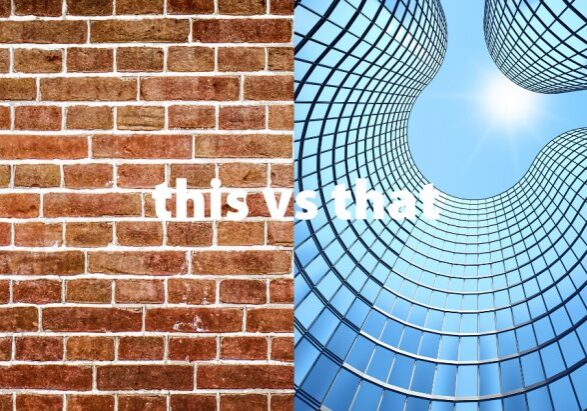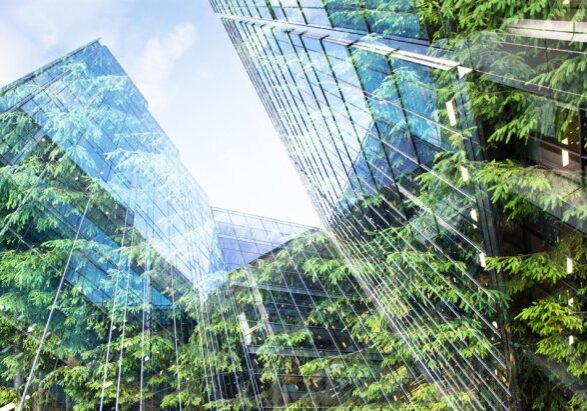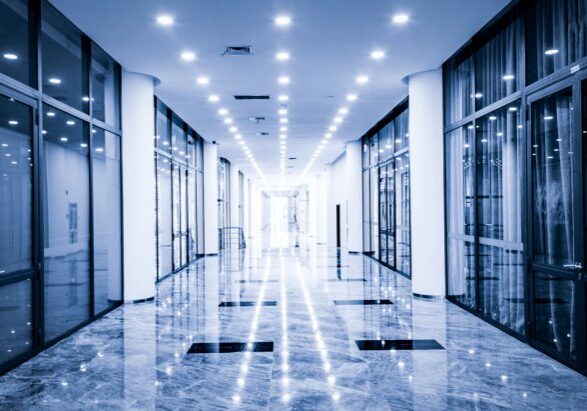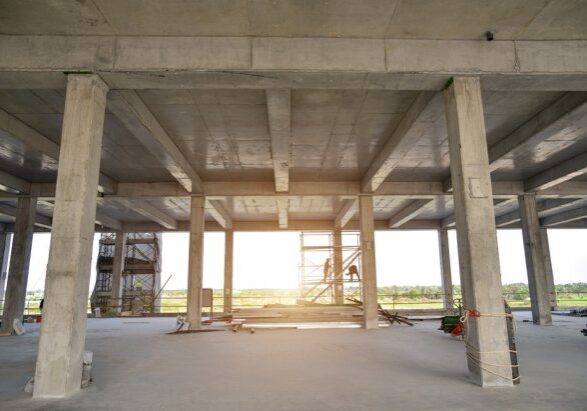Building Dimensions
Coworking may be multifamily buildings’ newest amenity, post-pandemic
Here’s why coworking could help attract and retain tenants.
Senior suites pose another way to capture the middle market
When it comes to senior housing, senior suites build a bridge to the baby boomer market.
This vs. that: brick vs. architectural metal panels
Comparing the pros and cons of brick vs architectural metal panels.
Three steps to manage scope creep on senior housing projects
Tips to save you time, money and headaches.
How to make a commercial building more energy efficient
Energy efficiency tips for commercial buildings.
How to manage a commercial building
Maximize return with excellent property management.
How COVID-19 is already affecting commercial construction projects
We still face many unknowns about COVID-19 and what its full economic impact will be, but we are seeing some changes already.
Build Zero-energy Buildings with No Extra Upfront Expenses
Upfront costs are #1 perceived barrier to zero-energy buildings.
Insider tips when soliciting proposals for your commercial construction project
Tips — some basic, and some insider — that you can use when going to bid.
Getting the construction and design team on the same page from the get-go
Construction and design on the same page? It’s possible.









